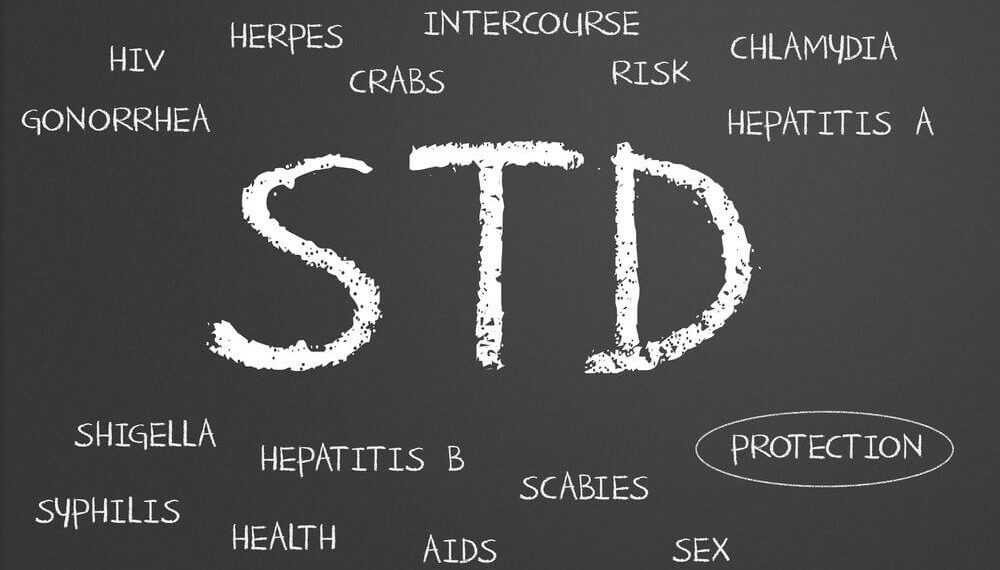Every day, more than a million new venereal illnesses are diagnosed, as per the World Health Organization. Each year, 376 million infections are caused by four of these diseases; Chlamydia, Genital warts, Trichomoniasis, Syphilis etc. You can’t tell whether you have an STD based on how you look or feel because most people with STDs don’t show any signs or symptoms. So getting tested is the only way to really know if you (or your partner/s) have an STD.
STDs are dangerous ailments that necessitate medical attention. There are certain STDs, such as HIV, that are incurable and potentially fatal. However, over time, people have been spotted putting in strange material about STDs, which is frequently false. You can learn more ways on saving yourself from STDs by knowing more about them. So let us dive deep to debunk these myths.
Table of Contents
STD Testing: What to Expect and how to get tested?
It’s a good idea to get tested for STIs if you’ve been sexually active. Also, have your blood tested if:
- You’re getting ready to start a new relationship.
- You and your companion are debating whether or not to use condoms or other protective devices.
- Your partner has had or having sex with someone else also.
- You or your companion have a large number of partners.
- You’re experiencing symptoms that point to a sexually transmitted infection (STI)
You might not even need regular STI testing if you’re in a lengthy, mutually monogamous relationship and both yourself and your spouse were tested before starting the relationship. Many people in long-term relationships, on the other hand, were not evaluated before they started dating. If this describes you and your spouse, one or both of you may have been suffering from an untreated STI. Click here to know about the comprehensive STD panel with affordable test options for all major STDs.
Myth 1: There is no way to avoid contracting STD
There are numerous ways to safeguard oneself! The only way to be sure is to avoid having sex. If you ever do have sex, you can prevent STDs by always using a condom with enough water-based lubricant. Having intercourse only with one individual who’s just having intercourse with you is one strategy to lower your STD risk.
Myth 2: STDs are only transmitted through sexual contact
Some STDs, such as genital warts as well as herpes, can be transmitted simply by rubbing genital areas together. Others, such as HIV, are transmitted through oral sex. Both vaginal (penis to the cervix) and anal (penis to anus) contact can transmit STDs.
Myth 3: There’s nothing I can do if I have an STD, including HIV.
Many STDs, including HIV, are curable or treatable. The sooner you find out whether you have an STD, the earlier you can get treated or take precautions to avoid spreading it to others.
Various STDs require different therapies.
If your doctor prescribes medicine to treat a treatable STD, it’s critical that you stay on the prescription until it’s done, even if your signs have improved. You should also refrain from having sex till your illness is completely gone, and inform your partner(s), who really should be checked and treated as well. If you have an STD that you believe isn’t curable, such as herpes, keep in mind that medicine is available.
Myth 4: Oral sex doesn’t at all cause an STI
No. HIV, syphilis, herpes, gonorrhea, HPV, anaplasmosis, and chlamydia are all sexually transmitted illnesses that can be passed on throughout oral sex. Infections can spread from the mouth to the genitals or the other way around. Use a dam or a condom cut lengthwise to protect oneself while giving or receiving cunnilingus on the labia (oral sex) or anus (anilingus). Wrap the penis with condoms for safer oral sex.
Closure | Sexually Transmitted Diseases (Myth and Reality)
STIs are prevalent, and testing is easy to come by. Depending on the STIs your physician is looking for, the testing may differ.
Discuss your sexual history with your doctor and inquire about the tests you should take. They can assist you in determining the benefits and dangers of various STI testing. If your test comes back for any STIs, they can also suggest treatment choices, so you do not need to panic.

